Drilling into plexiglass can be a daunting task, but with the right tips and tools, it doesn’t have to be. Whether you’re wanting to hang artwork or drill holes for a new project, having a step-by-step guide on how to drill plexiglass without breaking is key. This article will show you just how easy it is to make that perfect hole in any piece of plexiglass. With these tips and tricks, you’ll no longer have to worry about cracking or breaking your plexiglass while drilling holes.
What’s a plexiglass and why does it crack while drilling?
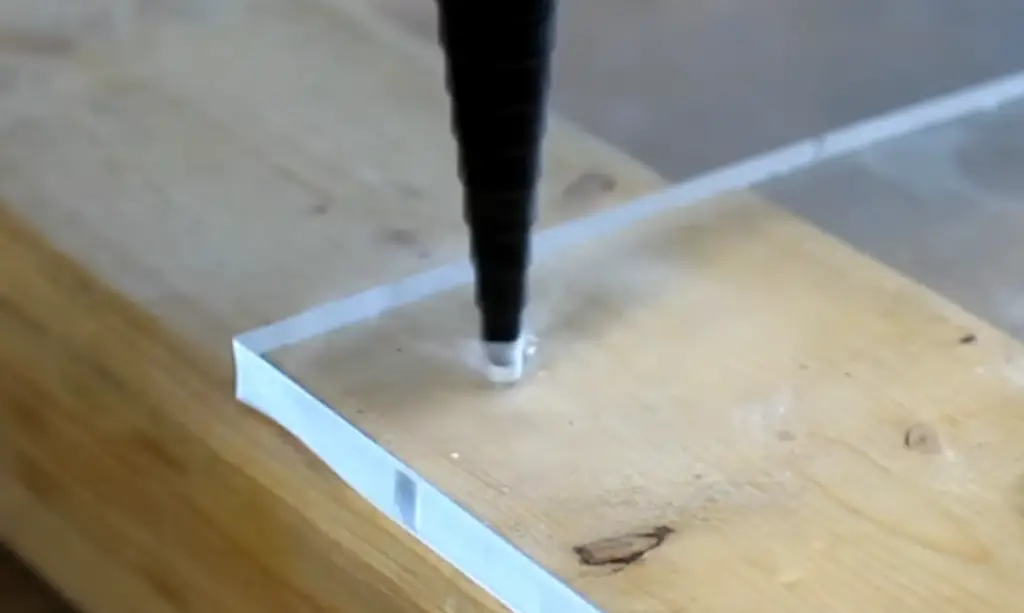
Drilling plexiglass requires special tools designed to reduce heat while drilling to keep it from cracking or melting. High-speed drill bits with a larger diameter tend to create more heat than smaller diameter bits, so they should be avoided when drilling plexiglass. Additionally, cutting fluids should always be used when drilling acrylic sheets because this helps dissipate the heat created by the drill bit as well as lubricates it to reduce friction.
It’s important to drill slowly and keep the drill bit lubricated at all times when drilling plexiglass in order to prevent cracking. Finally, cooling the drilled hole with compressed air can also help reduce stress on the plastic and minimize cracks. With these tips in mind, you should be able to successfully drill plexiglass without causing any cracks or damage [1].
Drill Bit to use for drilling into plexiglass without cracking
Plastic Drill Bits
When drilling into plexiglass, it is important to use the correct drill bit to ensure you do not crack the material. The best type of drill bit for this purpose is a plastic-specific or acrylic-specific drill bit. These bits are designed with special tip geometry and cutting angles that help create a smoother finish and reduce any stress on the material. They also feature a shorter flute length which helps prevent delamination and cracking of the plastic surface due to overheating.
Additionally, these bits have specially designed helical grooves which help evacuate chips from the hole more quickly and efficiently. When using these drill bits, it is recommended that you use coolant to reduce heat build-up during drilling. Doing so will also help prolong the life of the bit. Other tips to consider when drilling into plexiglass include using light pressure and avoiding over-torquing the bit. Doing so will help ensure you get a clean, precise cut with minimal cracking or delamination.
Step Drill Bits
Another option for drilling into plexiglass is to use a step drill bit. A step drill bit has multiple cutting edges and can be used to create holes of varying sizes. This type of bit does not require as much pressure as other bits, making it ideal for delicate materials such as plexiglass. Step drill bits also feature a unique geometry that helps reduce chip-out or cracking around the edge of the hole.
When using this type of bit, you must use light pressure and proceed slowly in order to avoid overheating the material or causing any damage. Additionally, make sure to periodically clear away debris from the flutes to help keep your cut clean and precise.
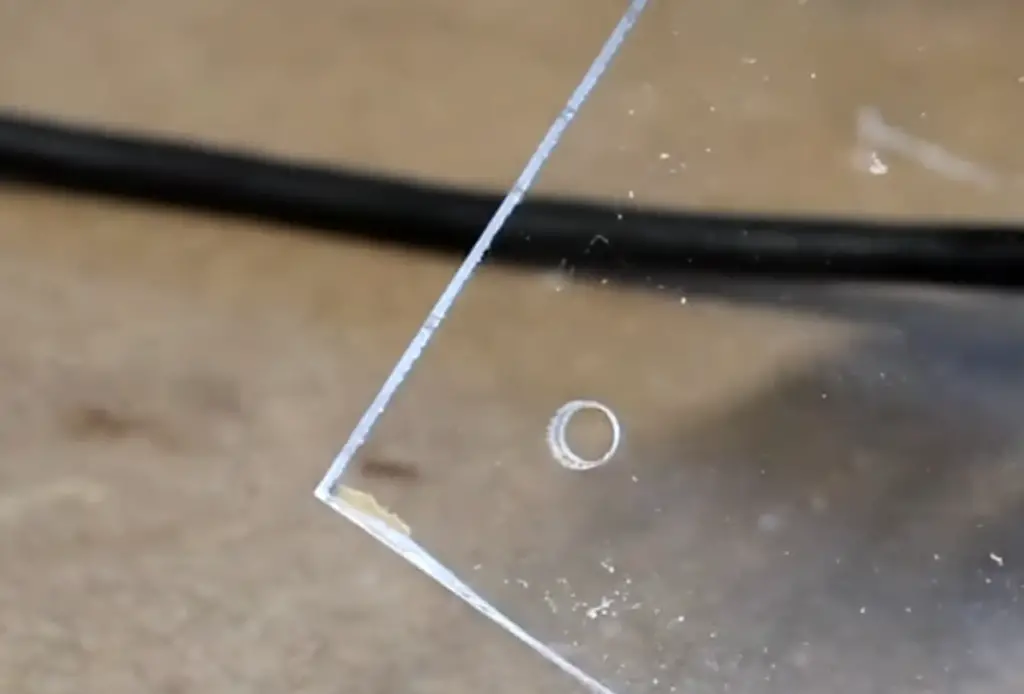
Standard Twist Drill Bits
Although not recommended, you can also use standard twist drill bits to drill into the plexiglass. Before doing so, however, it is important to note that these bits tend to crack the material due to their sharp edges and high heat output. In order to reduce the chance of cracking or delamination, be sure to use light pressure when drilling and apply coolant periodically as needed. Additionally, make sure you are using a bit made from high-speed steel or cobalt for the best results.
Spiral Drill Bits
Spiral drill bits are another option when drilling into the plexiglass. These bits feature a special geometry that helps reduce heat and chip-out while producing clean, precise cuts. Additionally, they are designed with a longer flute length which helps evacuate debris more quickly and efficiently. When using these types of bits, it is important to use light pressure and coolant to prevent overheating the material or creating any damage.
Cone Drill Bits
Finally, cone drill bits can also be used to drill into plexiglass. These bits feature a unique shape and angled tip that helps create clean, precise cuts without any cracking or delamination. Additionally, they are designed with special geometry which helps reduce heat build-up and prevents the surface from becoming damaged. When using this type of bit, it is important to use light pressure and apply coolant periodically as needed in order to avoid overheating the material [2].
Drill Machine for drilling into plexiglass
Pillar Drilling Machine
One of the best tools to use when drilling into plexiglass is a pillar drilling machine. This is a type of drill press that consists of several columns or pillars, which hold and support the rotating spindle. With a pillar drilling machine, you can easily adjust the depth of your hole as well as the angle at which you’re drilling – making it incredibly easy to get exactly what you need out of your plexiglass project. They are also able to handle heavier materials like cast iron without any trouble, so if you decide to experiment with different materials for projects later down the line then this would be an ideal tool for you.
Drill Press
A drill press is an even more rigid version of a pillar drilling machine and the perfect tool for any precision hole-making needs. The solid base ensures that your plexiglass project will be as accurate as possible, ensuring you get great results every time. As with most other drill presses, these come in both benchtop and floor models depending on what kind of workspace you have available. They are also able to work at higher speeds than their counterparts due to their heavier construction – making them ideal for larger projects.
Handheld Electric Drill
A handheld electric drill is a classic tool that can get the job done for most basic drilling projects. It’s ideal for small-scale work and easy to maneuver as it fits snugly in your hand. With its adjustable speed control, you can easily adjust how fast or slow the bit spins – making it ideal for those who need a little more precision when working on their plexiglass project.
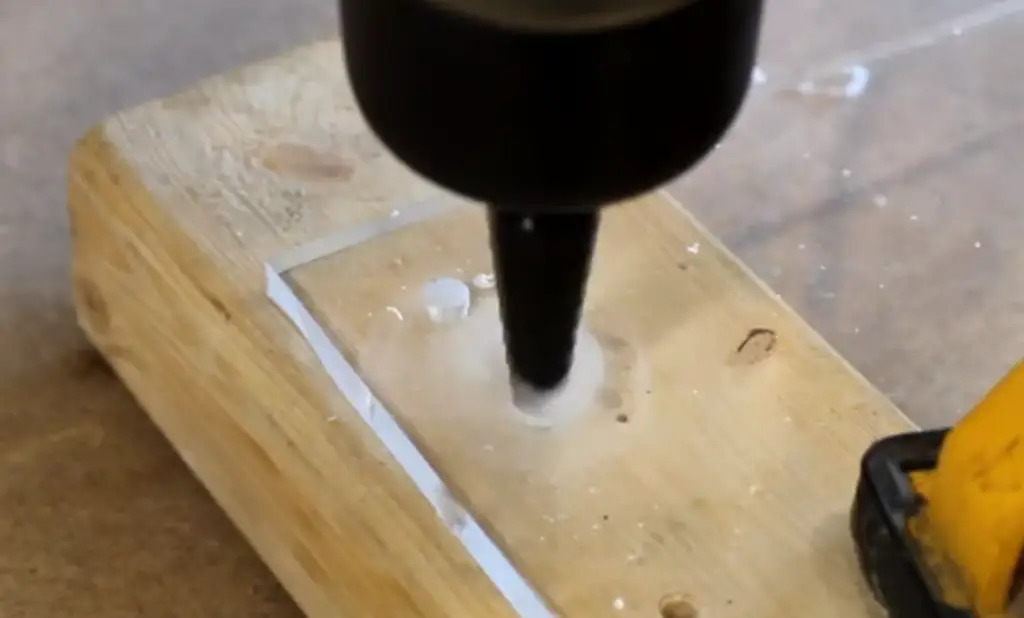
How To Drill Plexiglass Without Cracking
Step 1: Select the tools you want to use
When drilling Plexiglass, it is important to select the right tools for the job. The most common drill bit used is a standard twist bit. For larger holes, you may need either a spade bit or a hole saw. Additionally, a sharp bit is necessary to create clean and even holes without cracking or splintering the Plexiglass.
Step 2: Secure the workpiece
Securely clamp the Plexiglass to your work surface in order to prevent unwanted movement while drilling. This will help ensure that you produce an accurate and clean hole without any cracking or splitting of the material.
Step 3: Mark where you want to drill
Use a sharp marker or pencil to mark the exact spot where you want to drill. This will help ensure that you don’t wander off and end up with an uneven hole.
Step 4: Begin drilling
Once your bit is in place, begin drilling slowly and evenly while applying light pressure. Start at a low speed and increase as necessary, making sure to keep the bit cool by lubricating it with cutting oil or water. When drilling through Plexiglass, stop every few seconds so that the material can cool down before continuing.
Step 5: Deburr the edges of the hole
Once finished, use an appropriate-size countersink to deburr any sharp edges around your drilled hole. This will help ensure that you have a clean and even hole without any cracking or splintering.
Step 6: Clean up the area
Finally, use a vacuum to remove any dust created by drilling. This will also help prevent any further cracking or splitting of the Plexiglass [3].
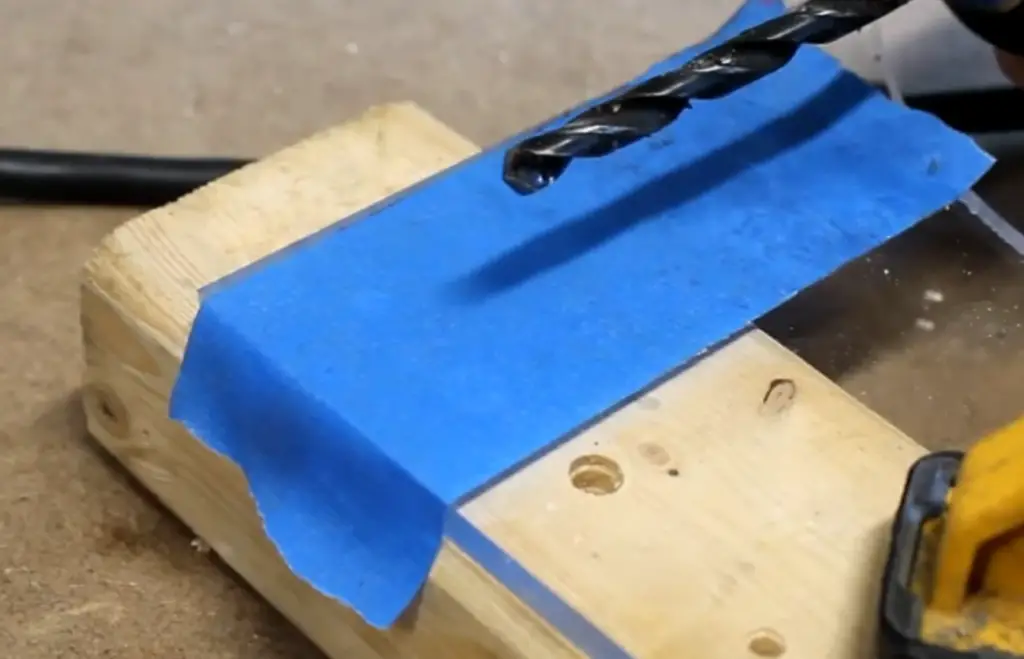
General Precautions to avoid cracking while drilling into plexiglass
- Use the appropriate drill bit – Make sure to use the correct drill bit when drilling into the plexiglass. Sharp carbide or diamond-tipped drill bits are best for this material as they will create a clean, smooth hole. Avoid using high-speed steel (HSS) bits as these are more likely to cause cracking and chipping.
- Reduce drilling speed – The faster you drill, the more likely it is that you’ll experience chipping and cracking of the plexiglass. Take your time while drilling and reduce your speed if necessary in order to ensure a clean cut.
- Use cutting lubricant – Applying a lubricant such as cooking oil or WD-40 can help reduce friction and prevent cracking. Be sure to keep the lubricant away from the drill bit, however, as this can cause it to become clogged or sluggish.
- Clamp down material – To ensure a secure hold, clamp down the plexiglass sheet before drilling into it. This will reduce any potential vibrations which can lead to cracking or chipping of the material.
- Use low-speed setting – If your drill has adjustable speed settings, make sure to use the lowest speed possible when drilling into the plexiglass. This will ensure that you don’t accidentally overheat the material and cause cracks in its surface.
- Cool off between drills – Allow a few minutes for cooling between each drill in order to prevent heating of the material. Cooling-off periods also help keep the drill bit sharp and effective for future drilling.
- Use a backer board – Using a piece of scrap wood or even cardboard underneath the plexiglass will help support it and reduce potential chipping or cracking when drilling. This provides an additional layer of protection to ensure that your project turns out as best as possible.
- Drill from both sides – To reduce stress on the material, try drilling from both sides if possible. This will spread out the pressure more evenly and can help avoid cracks in unusually thick sheets of plexiglass.
- Pre-drill pilot holes – When working with thin pieces of plexiglass, always predrill pilot holes prior to using the larger drill bit. This will help ensure a clean cut and reduce the chance of fracturing or cracking.
- Avoid over-drilling – Make sure not to go too deep while drilling into plexiglass as this can cause it to crack or splinter. Stop drilling once you’ve reached the desired depth so that you don’t damage your project unnecessarily.
Following these simple tips should help you get the best results when drilling into plexiglass and avoid any potential cracks or fractures in the material. Be sure to take your time and use appropriate precautions for each step of the process and you’ll be sure to have success with your project!
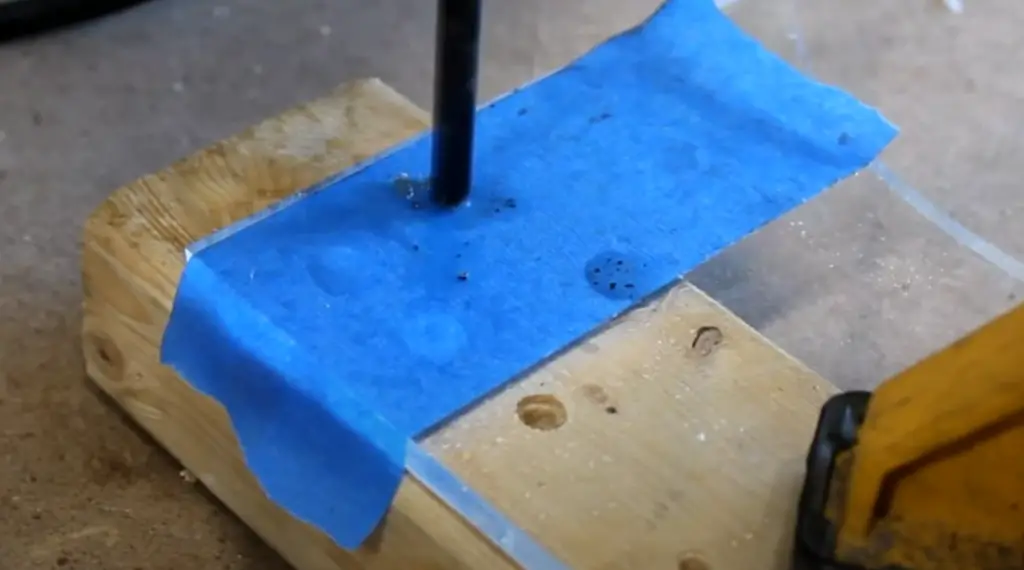
How to repair plexiglass if it cracks?
If the plexiglass has cracked, there are some steps you can take to repair it.
- Start by cleaning the area around the crack with a cloth and glass cleaner. Make sure to remove all dirt, dust, debris, or other contaminants that may have accumulated near or on the surface of the plexiglass.
- Next, using an acrylic bonding adhesive such as Loctite PL Premium Polyurethane Construction Adhesive, secure each side of the crack together by applying it liberally along both edges and pressing them firmly together until fully sealed.
- After letting this adhesive cure for several hours (or overnight), sand down any excess material with fine-grit sandpaper to make sure the edges of the crack are smooth and level with the rest of the plexiglass.
- Finally, buff out any scratches or other blemishes with a soft cloth, such as microfiber, to restore clarity and shine to your plexiglass.
By following these simple steps you can easily repair cracked plexiglass yourself without having to purchase an expensive replacement piece [4]!
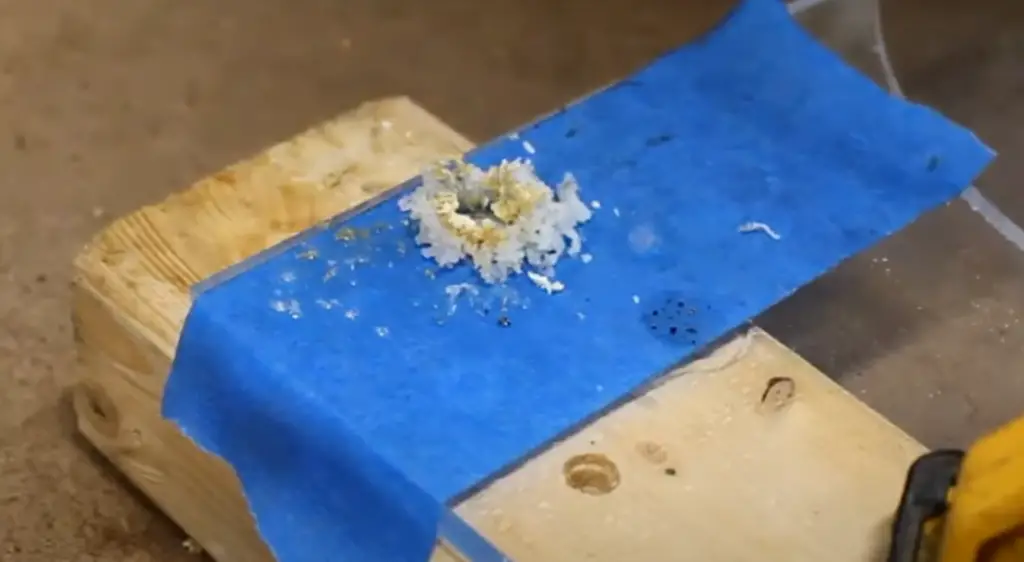
FAQ
Can you drill through plexiglass without cracking it?
Yes, you can drill through plexiglass without cracking it. It is important to follow the proper drilling techniques and use the right tools in order to ensure that the material remains intact. When drilling through plexiglass, start at a slow speed and use a sharp carbide or diamond-tipped bit with plenty of lubricants. Drill using light pressure, making sure to keep the bit centered on your mark so as not to cause any chipping or cracking of the surface. Once you have drilled all the way through, use some sandpaper to smooth out any rough edges. With these tips in mind, you should be able to successfully drill through plexiglass without causing any damage!
What is the best drill bit for plexiglass?
The best drill bit for plexiglass is a sharp carbide or diamond-tipped bit. These specialized bits are designed to cut through tough plastics like plexiglass without causing any chipping or cracking. Make sure to use plenty of lubricant with these bits in order to reduce friction and ensure that the material remains intact. Additionally, always use light pressure when drilling to avoid overloading the bit and causing damage. By following these tips, you should be able to successfully drill through plexiglass without any issues!
How thick can you drill plexiglass?
The thickness of the plexiglass will determine how thick you can drill it. Generally speaking, most standard drill presses are capable of drilling through up to 1/4 inch of plexiglass without any problems. However, thicker pieces may require more specialized equipment or techniques in order to ensure a successful drill job. If you are drilling plexiglass over 1/4 inch thick, it is best to speak with a professional who can advise you on the best way to get the job done.
What is the best way to cut plexiglass?
The most common and effective way to cut plexiglass is with a power saw such as a jigsaw or circular saw. Make sure that your blades are sharp and well-lubricated before beginning your project, as dull or dry blades can cause chipping and cracking along the edges of your cuts. Additionally, always use a slow and steady hand when cutting plexiglass in order to ensure that the material remains intact.
How do you smooth out edges on plexiglass?
You can easily smooth out the edges on plexiglass with sandpaper or a power sander. Start by choosing an appropriately sized grit of sandpaper (generally somewhere between 80-220 should work) and then gently move it over the edges in circular motions until they are free from any jaggedness. For more detailed smoothing, you may need to switch to finer grits like 400-600 depending on the desired level of smoothness. After sanding, use a cloth to wipe away any dust or debris from the surface. With these tips in mind, you should be able to achieve perfectly smooth edges on your plexiglass!
Will acrylic crack when drilled?
Acrylic can crack when drilled if the proper techniques and tools are not used. It is important to use a sharp carbide or diamond-tipped bit with plenty of lubricants, drill using light pressure, and keep your bit centered on your mark to ensure that the material remains intact. Additionally, start at a slow speed and make sure to use fresh blades for any saws you are using to prevent cracking or chipping along the edges of your cuts. With these tips in mind, you should be able to successfully drill acrylic without any cracks!
Can plexiglass be sanded?
Yes, plexiglass can be sanded! In order to achieve smooth results, it is best to start with a coarse grit of sandpaper (80-220) and then gradually move up to finer grits like 400-600 depending on the desired level of smoothness. Make sure to use light pressure when sanding in order to avoid overloading the surface and causing cracks or chips. With these tips in mind, you should be able to easily sand your plexiglass without any issues!
What is the best way to glue plexiglass?
The best way to glue plexiglass is with an acrylic adhesive such as super glue or epoxy. Before applying any kind of adhesive, it is important to make sure that both surfaces are clean and free from any dirt or debris. Once you have done this, apply a small amount of glue to one side and then press the two pieces together. Make sure that they are completely flush before allowing the adhesive time to dry.
Can plexiglass be painted?
Yes, plexiglass can be painted! In order to ensure that the paint adheres properly, it is important to use a primer beforehand. Additionally, make sure that your paint is specially formulated for plastics in order to get the best results possible. Once you have applied your primer and paint, allow it plenty of time to dry before handling or using the piece again.
Can plexiglass be cut with a laser?
Yes, plexiglass can be cut with a laser. Laser cutting is ideal for intricate shapes and small pieces of plastic. It is important to make sure that the settings on your machine are correct before beginning in order to ensure that you get the best results possible. Additionally, always use protective eyewear when operating any kind of power tool as lasers can cause eye damage if used improperly. With these tips in mind, you should be able to easily cut your plexiglass with a laser!
How do I prevent cracks while drilling into plexiglass?
To prevent cracks while drilling into plexiglass, it is important to use sharp bits and plenty of lubricants. Additionally, always drill using light pressure and keep your bit centered on your mark to avoid any cracking or chipping of the material. Finally, make sure that you are starting at a slow speed to reduce any friction between the bit and the material surface. Following these tips should allow you to successfully drill through plexiglass without any problems!
Useful Video: Drilling acrylic without cracking
Conclusion
Drilling plexiglass without cracking is a very delicate process that requires special attention to temperature, specific drill bits, and speed. With the right tools and technique, however, it can be done safely and effectively. While there are many challenges associated with drilling plexiglass without cracking, they can be avoided by preparing properly in advance or seeking professional help if needed. By taking these precautions into account when working with plexiglass you can ensure successful results every time. Overall, drilling plexiglass without cracking requires patience and precision but with the right knowledge and equipment, anyone can do it successfully.
References
- https://topcordlesstools.com/blog/how-to-drill-plexiglass-without-cracking/
- https://paintsacrylic.com/how-to-drill-plexiglass-without-cracking/
- https://sawsummary.com/how-do-you-drilling-a-hole-in-plexiglass-without-cracking-it/
- https://www.agcsigns.com/blog/plexiglass-repair-how-to-repair-plexiglass-scratches






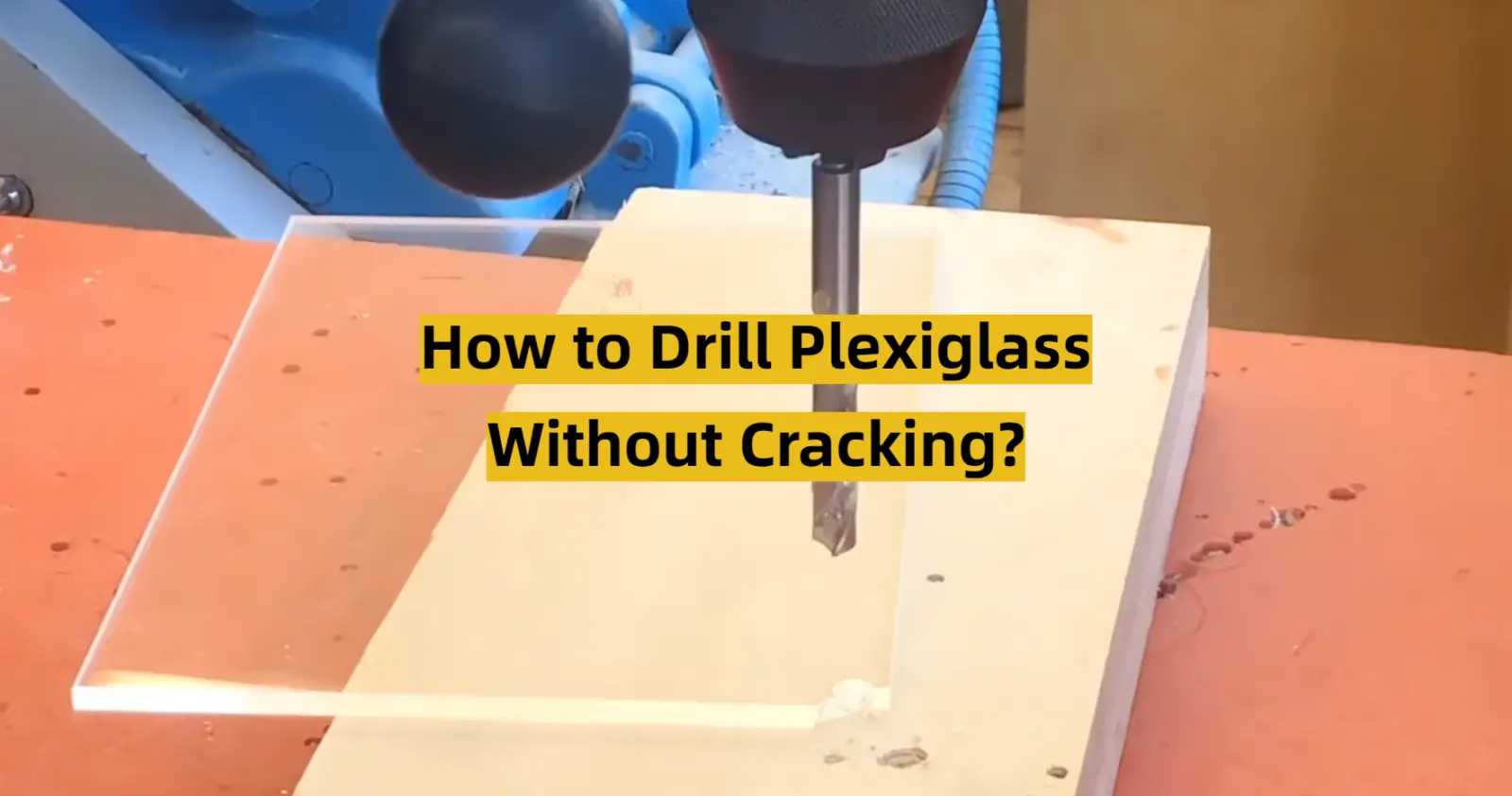




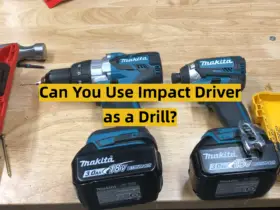

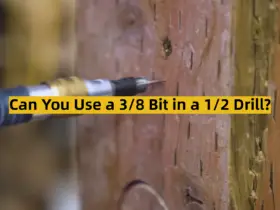
Leave a Reply